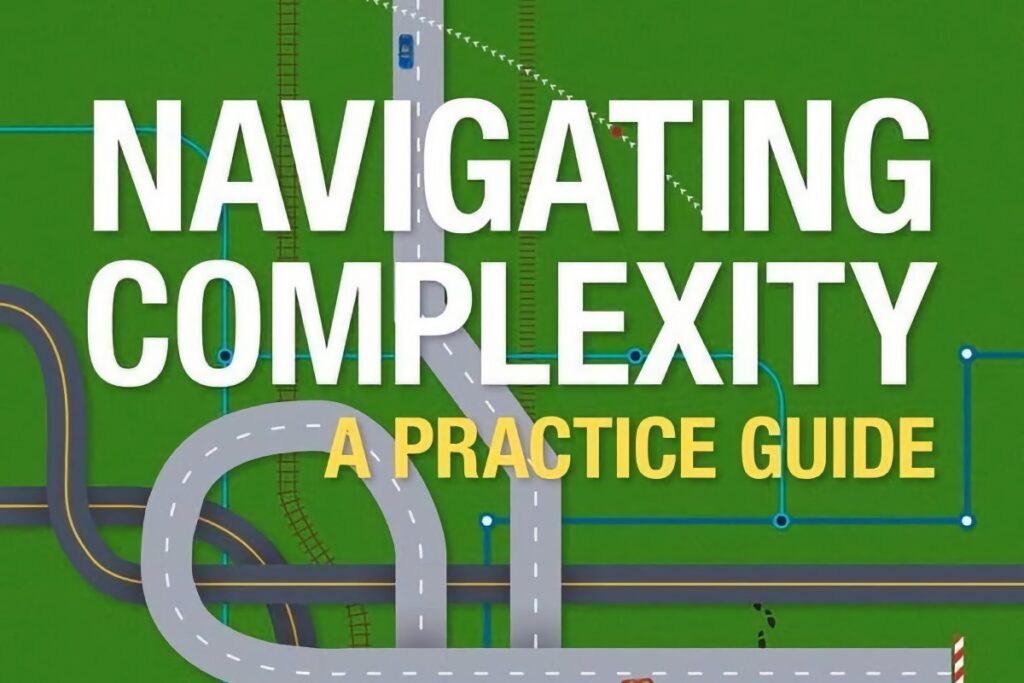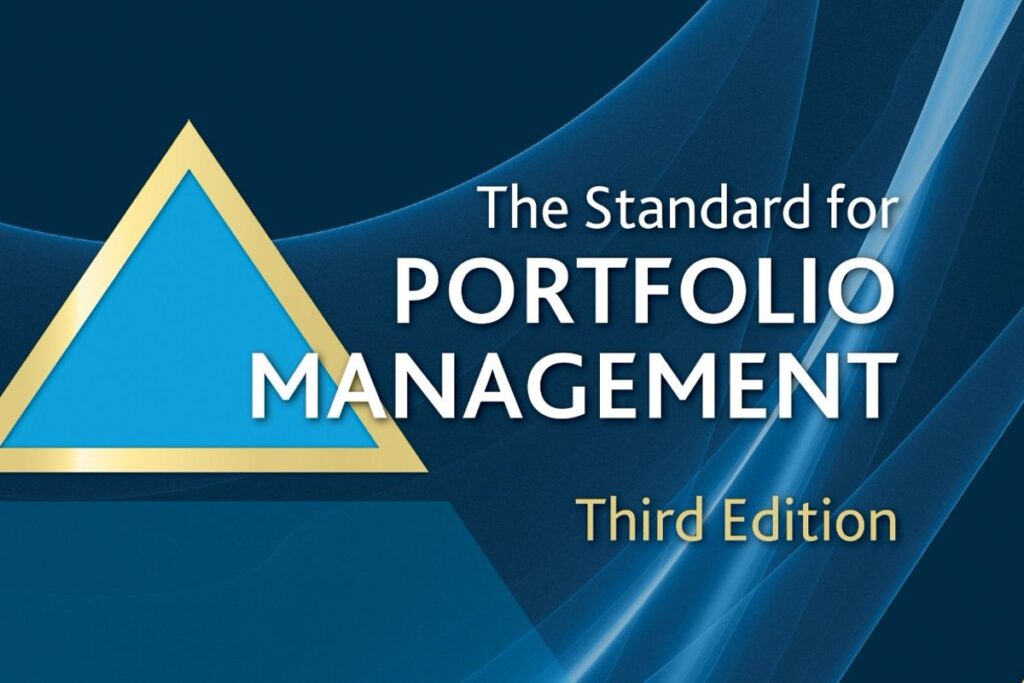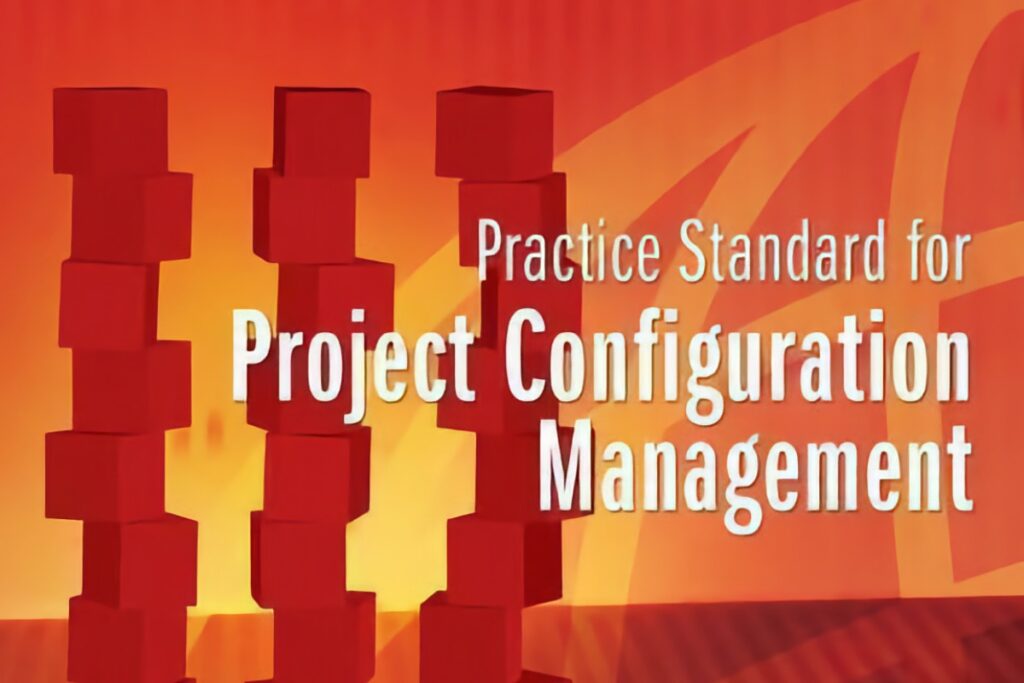In a world where project managers increasingly face ambiguity, interdependencies, volatile stakeholder environments, and rapid change, traditional planning methods alone are no longer sufficient. PMI’s Navigating Complexity: A Practice Guide, published in 2014, provides a structured yet flexible framework to help project professionals recognize, interpret, and respond to complexity in projects and programs.
This short but impactful guide is tailored for project and program managers, PMOs, and executives seeking to improve decision-making and resilience in high-complexity environments.
What Is Project Complexity?
PMI defines complexity as “a characteristic of a program or project or its environment that is difficult to manage due to human behavior, system behavior, and ambiguity.”
Unlike “complicated” projects (which can be broken down and analyzed), complex projects involve unpredictable elements, dynamic interactions, and emergent behavior. This includes:
- Unclear stakeholder goals
- Changing technologies
- Political or cultural dynamics
- High risk and uncertainty
- Rapidly evolving regulatory contexts
Structure of the Guide
The guide is structured around three primary dimensions of complexity:
1. Human Behavior
- Driven by stakeholder interests, organizational culture, leadership behavior, and team dynamics.
- Includes issues such as conflicting agendas, power struggles, or unclear roles.
2. System Behavior
- Relates to the technical or operational systems being managed.
- Includes interdependencies, emergent outcomes, scalability, and technical risk.
3. Ambiguity
- Stems from incomplete, unclear, or rapidly evolving information.
- Includes shifting scope, unclear success metrics, or external uncertainty.
Each dimension is explained with:
- Real-world examples
- Warning signs
- Suggested tactics
The guide then provides a toolkit of complexity navigation techniques, including:
- Stakeholder mapping
- Systems thinking
- Adaptive planning
- Double-loop learning
- Scenario planning
- Feedback loops and learning cycles
Key Strengths
✅ Concise and Focused
The guide is less than 70 pages but rich in insight—ideal for professionals needing fast, high-value reading without wading through dense theory.
✅ Practical and Tactical
Rather than relying on abstract definitions, it offers clear signs of complexity and targeted interventions. Each tactic is mapped to specific complexity types and challenges.
✅ Applicable Across Industries
From IT and construction to healthcare and policy, the framework is universally applicable and methodology-neutral.
✅ Supports Risk-Informed Decision Making
The guide helps leaders move from fear-based reaction to risk-tolerant leadership, encouraging learning, curiosity, and collaboration in the face of uncertainty.
✅ Integrates Well with Agile and Hybrid Models
Its emphasis on emergence, iteration, and sense-making aligns well with agile and hybrid delivery environments.
Limitations
❌ Not a Comprehensive Methodology
The guide is supplementary, not a standalone project management framework. It’s best used alongside standards like PMBOK®, SAFe®, or portfolio management practices.
❌ Few Implementation Tools
While it suggests useful tactics, it lacks templates, detailed case studies, or toolkits for immediate adoption at scale.
❌ Limited Metrics
There is no standardized way to measure complexity level or improvement, which could help organizations benchmark or monitor effectiveness over time.
Best Use Cases
Ideal for:
- Project and program managers leading multi-stakeholder, cross-cultural, or high-uncertainty initiatives.
- PMOs and consultants designing interventions for troubled projects.
- Executives and sponsors seeking to understand why otherwise well-managed projects underperform.
- Change agents managing digital transformation or enterprise change portfolios.
Not suited for:
- Small, well-defined projects with limited external dependencies.
- Teams expecting a step-by-step PM methodology (this guide enhances but does not replace one).
Relationship to Other PMI Resources
| PMI Guide | Primary Focus | Contribution |
|---|---|---|
| PMBOK® Guide | Process-based project management | Structure and discipline |
| Program Management Standard | Coordinated benefit delivery | Managing interdependencies |
| Portfolio Management Standard | Strategic alignment | Prioritizing initiatives |
| Navigating Complexity | Managing dynamic environments | Enhances decision-making, resilience, and adaptation |
Conclusion
PMI’s Navigating Complexity: A Practice Guide is a thoughtful, well-structured response to the evolving challenges of modern project environments. It empowers practitioners to move beyond rigid control models and embrace adaptive leadership, sense-making, and systems thinking.
For project leaders navigating uncertainty—not just executing plans—this guide offers a map, compass, and mindset. It doesn’t promise easy answers, but it helps teams ask better questions and respond with agility, awareness, and resilience.
As complexity becomes the norm, not the exception, this guide will grow more—not less—essential.




